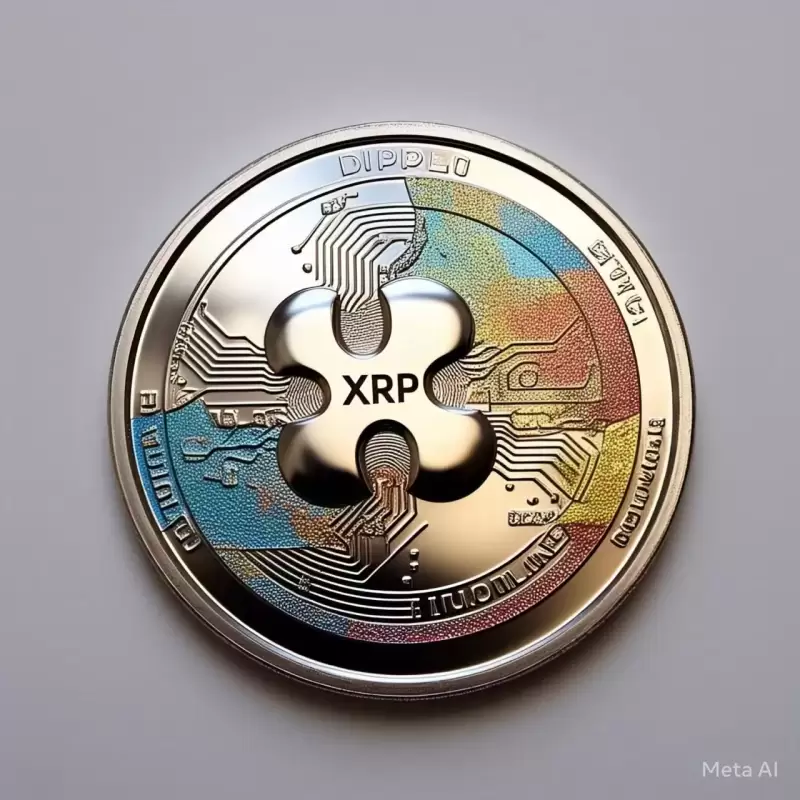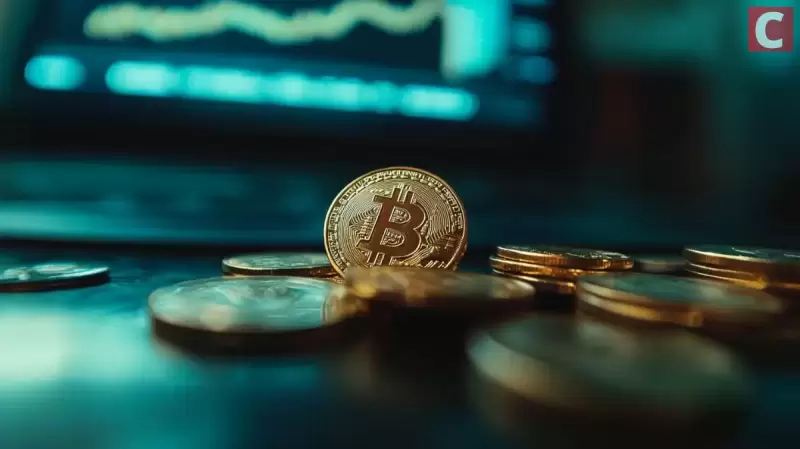 |
|
 |
|
 |
|
 |
|
 |
|
 |
|
 |
|
 |
|
 |
|
 |
|
 |
|
 |
|
 |
|
 |
|
 |
|
Cryptocurrency News Articles
Dora Factory Airdrop: How to Track Upcoming Opportunities
Jun 11, 2024 at 11:57 am
Airdrops are a popular marketing strategy in the crypto world, where projects distribute free tokens to their communities to encourage adoption and create buzz

Dora Factory $DORA airdrops are a marketing strategy employed by blockchain-based projects to distribute free tokens or coins to users as part of a promotional initiative. These tokens are directly deposited into users' crypto wallets, aiming to increase awareness about the project's platform or product and encourage widespread adoption of its native token. Airdrops serve various purposes, such as rewarding loyal customers and increasing token circulation.
To qualify for an airdrop, participants often need an active cryptocurrency wallet and may be required to complete certain tasks, such as:
Social media engagement: Following, liking, or sharing project’s social media posts
KYC verification: Completing Know Your Customer (KYC) verification process
Referral programs: Referring friends or family to the project
Quiz or survey: Participating in quizzes or surveys related to the project
Wallet connection: Connecting a compatible wallet to receive the airdrop
Holding tokens: Holding a specific amount of tokens in the wallet
There are several types of airdrops, each with its own characteristics and requirements:
Standard: Tokens are distributed to a large number of wallet addresses
Holder: Tokens are awarded to users holding a specific cryptocurrency or token
Bounty: Users must complete certain tasks to receive tokens, such as social media actions
Exclusive: Tokens are distributed to a select group of users, often based on specific criteria
Hard Fork: Tokens are awarded to users holding a cryptocurrency that undergoes a hard fork
Raffle: Users enter a drawing to win a portion of the airdropped tokens
A well-known example of a successful crypto airdrop is the one conducted by Uniswap in September 2020, which rewarded over 250,000 early users with an airdrop of 400 UNI tokens each. This airdrop helped establish legitimacy for the UNI token and rewarded loyal community members.
It is important to note that legitimate crypto airdrops never seek capital investment in the currency. Additionally, in the United States, crypto airdrops are considered income and must be reported as part of one’s Federal income tax return.
While airdrops can be an effective way to gain exposure to new cryptocurrencies, they also come with risks. Some risks associated with airdrops include:
Potential scams: Some airdrops may be fraudulent attempts to gain access to users' crypto wallets or private keys.
Low-value airdrops: The value of airdropped tokens can vary significantly, and some may be worth very little.
Unexpected tax implications: Depending on the jurisdiction, airdropped tokens may be subject to income or capital gains taxes.
To minimize these risks, users should thoroughly research projects before participating in airdrops and be cautious of any offers that seem too good to be true.
To maximize the chances of receiving airdrops, users should actively engage with notable projects across various blockchains, such as Ethereum, Solana, Fantom, Avalanche, and Cosmos. Experimenting with tokenless applications in niches like DeFi, NFTs, and GameFi can lead to future airdrop opportunities. However, making only a few transactions may not be sufficient to qualify for airdrops, as eligibility criteria have become more stringent.
Here are some blockchain-specific airdrop strategies:
Cosmos: Stake ATOM tokens, as many projects in the Cosmos ecosystem distribute tokens to ATOM stakers
Ethereum: Engage with DeFi, NFT, and GameFi projects, as Ethereum has been the best network for lucrative airdrops
Solana: Interact with various projects, but be aware that the value of airdrops may be diluted due to the high volume of user wallets
To be eligible for an airdrop, users must meet certain requirements determined by the project, which can involve signing up, completing tasks, or holding a specific amount of the project’s cryptocurrency. A cryptocurrency wallet plays a crucial role in receiving airdropped tokens, and users must have access to their private keys or seed phrases to prove ownership of the wallet address.
Not all airdrops are legitimate, and some may be scams. To ensure the credibility of an airdrop:
Check the project's website, social media accounts, and community forums for authenticity.
Be wary of airdrops that promise high returns or require you to pay any fees or taxes.
Verify the airdrop's details on trusted platforms like DappRadar or CoinMarketCap.
While every token airdrop differs in its eligibility criteria, bringing a degree of uncertainty, following these strategies and precautions can help users maximize their chances of receiving legitimate airdrops while minimizing the risks associated with scams and low-value tokens.
Disclaimer:info@kdj.com
The information provided is not trading advice. kdj.com does not assume any responsibility for any investments made based on the information provided in this article. Cryptocurrencies are highly volatile and it is highly recommended that you invest with caution after thorough research!
If you believe that the content used on this website infringes your copyright, please contact us immediately (info@kdj.com) and we will delete it promptly.
-

-

-

-

-

-

-

-

- MANTRA ($OM) Prepares for Another Breakout as Bullish Predictions, Regulatory Milestones, and Institutional Integrations Converge
- Apr 03, 2025 at 05:30 pm
- MANTRA ($OM), one of the breakout stars in the real-world asset (RWA) tokenization space, is making headlines again as bullish predictions, regulatory milestones, and institutional integrations converge to shape a promising outlook for Q2 2025.
-




























































